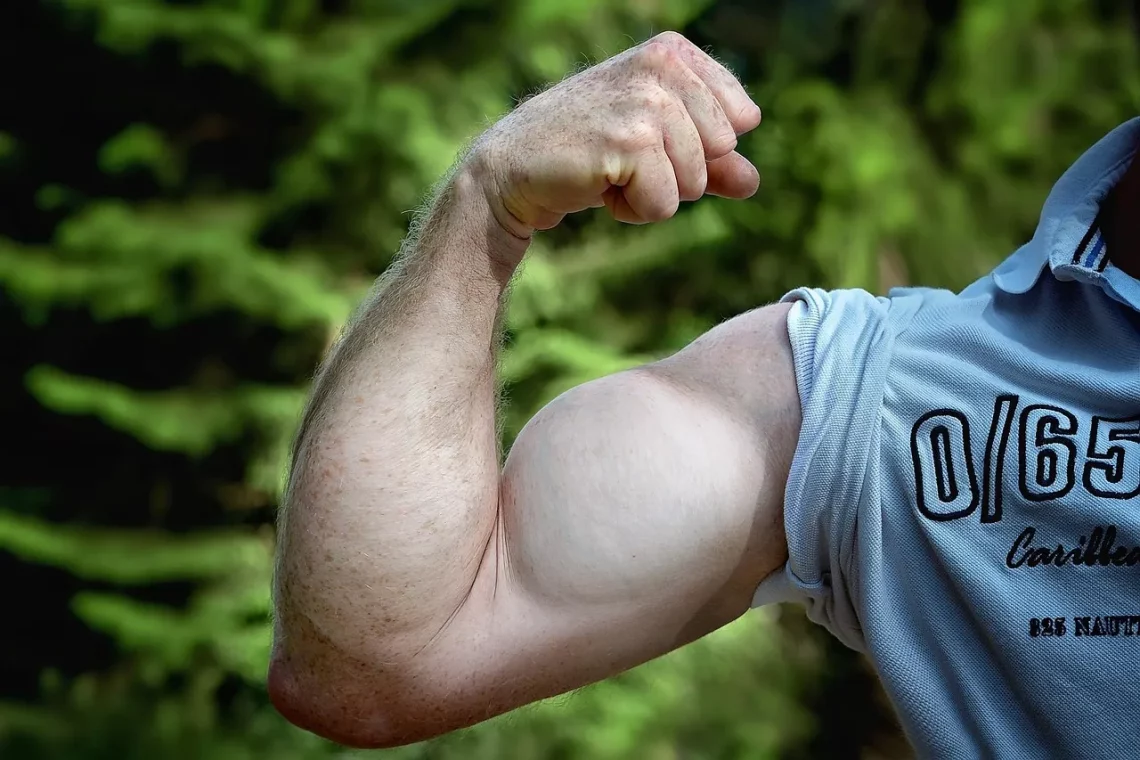
Mastering Deadlift Grips for Maximum Strength and Performance
The deadlift is one of the most powerful exercises in strength training, renowned for its ability to engage multiple muscle groups and build overall strength. Whether you’re an aspiring powerlifter, a seasoned athlete, or simply someone who wants to enhance their fitness routine, mastering the deadlift can yield significant benefits. However, many lifters overlook one of the most critical aspects of this exercise: the grip. The way you hold the barbell can influence your performance, safety, and the effectiveness of your workout.
Understanding the nuances of different deadlift grips is essential for maximizing your strength and achieving your fitness goals. A proper grip not only ensures you can lift heavier weights but also protects your body from injury. With various grip styles available, each with its advantages and disadvantages, it becomes imperative to explore how these grips can be tailored to your individual needs. This article delves into the intricacies of deadlift grips, helping you to make informed decisions that will enhance your training experience.
Understanding Different Deadlift Grip Styles
When it comes to deadlifting, the grip you choose can significantly impact your performance. The most common grip styles are the overhand grip, underhand grip, and mixed grip. Each has its unique advantages and is suited for different types of lifters and goals.
The overhand grip, where both palms face you, is a great option for developing grip strength. This grip requires more effort from the forearms and can help improve overall grip endurance, which is beneficial for various lifts. However, it can be challenging to maintain with heavier weights, as the palms may begin to slip.
On the other hand, the underhand grip, where one palm faces you and the other faces away, allows for a more secure hold on the barbell. This grip can help lifters handle heavier weights due to reduced grip fatigue. However, this style can put more strain on the shoulders and biceps, which may not be optimal for everyone.
The mixed grip combines both techniques, with one hand in an overhand grip and the other in an underhand grip. This grip is popular among powerlifters as it allows for maximum weight lifting without compromising grip strength. However, the mixed grip can lead to imbalances in muscle development and may increase the risk of injury if not performed correctly.
Choosing the right grip depends on your individual goals and body mechanics. Experimenting with different styles can help you find what feels best for you, ensuring that you maximize your potential during your deadlift workouts.
Enhancing Grip Strength for Better Performance
Grip strength is a crucial component of successful deadlifting. Developing a strong grip not only aids in lifting heavier weights but also contributes to better stability and control during the movement. Fortunately, there are several effective exercises and strategies to enhance grip strength.
One of the most straightforward methods is incorporating grip-specific exercises into your routine. Farmer’s walks, where you carry heavy weights in each hand over a distance, are excellent for building grip strength. Additionally, using thick bars or grips can challenge your forearms and fingers, promoting muscle growth in these areas.
Another technique is the use of dead hang from a pull-up bar. By simply hanging for as long as possible, you can improve your grip endurance, which can translate to better performance in deadlifts. You can also try static holds, where you lift the barbell and hold it at the top of the deadlift position for a set duration.
Lastly, consider using grip trainers or resistance bands specifically designed to strengthen the fingers and forearms. These tools can be easily integrated into your existing workout routine, providing a targeted approach to building grip strength.
Focusing on grip strength not only enhances your deadlifting performance but can also improve your overall weightlifting capabilities. A strong grip is essential for a variety of lifts, making this an important aspect of any strength training program.
Proper Technique for Safe and Effective Deadlifting
While grip choice and strength are vital components of successful deadlifting, proper technique is paramount for safety and effectiveness. Using the correct form can help prevent injuries and ensure that you’re targeting the right muscle groups.
Begin by setting up your stance. Your feet should be shoulder-width apart, with the barbell positioned over the middle of your feet. When you grip the bar, ensure your hands are just outside your legs, allowing for a comfortable pulling position. Engaging your core and maintaining a neutral spine is crucial to avoid strain on your back.
As you prepare to lift, focus on pushing through your heels and driving your hips forward. This motion should be fluid, ensuring that your shoulders stay back and your chest remains elevated. Avoid rounding your back, as this can lead to injury. Instead, keep your shoulder blades retracted and your back straight throughout the lift.
Another essential aspect of deadlifting technique is the importance of breathing. Inhale deeply before beginning your lift to create intra-abdominal pressure, which helps stabilize your spine. Exhale forcefully as you complete the lift to maintain control and focus.
After the lift, it’s important to lower the bar with the same attention to form. Control the descent, keeping the bar close to your body and maintaining a straight back. This will not only help prevent injuries but also improve your overall lifting performance.
Mastering the deadlift requires dedication to technique, grip, and strength. By focusing on these elements, you can ensure a successful and safe lifting experience.
Adapting Your Grip for Specific Goals
As you progress in your deadlifting journey, it may become necessary to adapt your grip depending on your specific goals. Whether you aim to increase strength, enhance muscle hypertrophy, or improve your lifting technique, the grip you choose can play a significant role in achieving these objectives.
For those focused on pure strength gains, the mixed grip is often the go-to choice. This grip allows for maximum weight to be lifted, helping lifters push their limits while minimizing grip fatigue. However, it’s crucial to regularly switch the position of your hands to avoid muscle imbalances and reduce the risk of injury.
If muscle hypertrophy is your primary goal, consider using the overhand grip. This grip engages the forearms and hands more intensely, promoting muscle growth in these areas. While you may not lift as heavy, the increased time under tension can lead to greater muscle development.
For athletes looking to improve their technique and overall performance, experimenting with different grips during training can be beneficial. Incorporating various grip styles into your workouts can help identify which grip allows for better form and control, leading to improved efficiency in your lifts.
Ultimately, understanding how to adapt your grip for your specific goals can enhance your training experience and results. Remember to listen to your body and make adjustments as needed to ensure optimal performance.
In conclusion, mastering deadlift grips is essential for maximizing strength and performance. Whether you are a beginner or an experienced lifter, understanding the different grip styles, enhancing grip strength, practicing proper technique, and adapting your grip for specific goals will help you achieve your fitness aspirations.
*Disclaimer: This article is not intended as medical advice. If you have health concerns or injuries, please consult a qualified healthcare professional for guidance.*




